SCENARIO 03: Rethinking Infrastructure
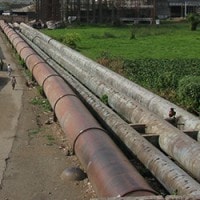
by Stephanie Carlisle and Nicholas Pevzner
As landscape advocates and practitioners argue for a more central role in the design of cities, many are starting to ask, how can a focus on landscape transform traditional conceptions of infrastructure? Can we rethink how infrastructure of the next century is imagined and built?
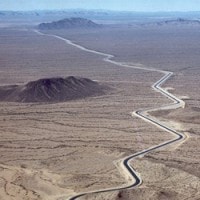
by Dane Carlson
When landscape is modified and inhabited, it becomes the medium through which humanity can produce, move, and live. As landscape fulfills these roles, it becomes infrastructural.
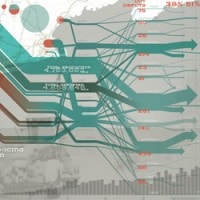
by Meg Studer
Year after year, salt transforms our highways, byways and city streets from seasonably passable, climatically contingent networks to eminently open, logistic lines.
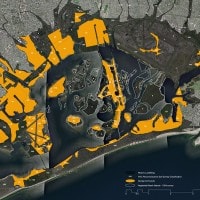
by Rob Holmes & Brett Milligan
Dredging constitutes a sedimentary infrastructure essential to the functioning of contemporary coastal urban systems. Wherever possible, human inputs can and should be opportunistically designed to improve upon degraded natural systems, and to build better natures.
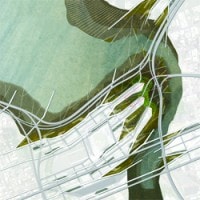
by Michael Ezban
Aqueous Ecologies imagines a future in which new ecologies, economies, and cultural identities of the city are intertwined with landscape-based solutions for wastewater management and treatment.
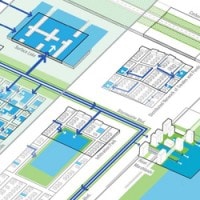
by Jill Desimini
In the context of decreasing physical density, decentralization and sprawl, landscape has been found by many as a medium affording a unique traction on the problematics of the contemporary city.
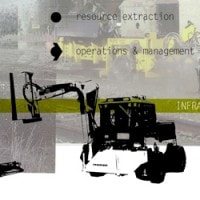
by Michael Geffel
Maintenance operations are often overlooked, but they are not neutral. If considered as an infrastructural service underlying all landscape, redesigning maintenance offers a tool to effect change at a vast scale.
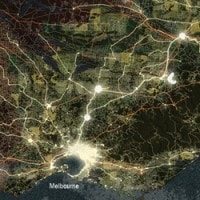
by Richard Weller & Julian Bolleter
The Australian population is increasing at a rate of one person every 84 seconds. Taking population growth seriously means planning for an extra 40 million Australians by century’s end.
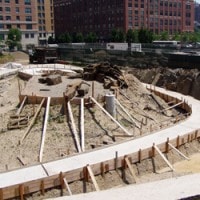
by Laura Solano
If we truly understood the delicacy of soil as a dynamic living system integral to the health of our towns and cities, we would be more cautious about how it is perceived, treated, and protected.
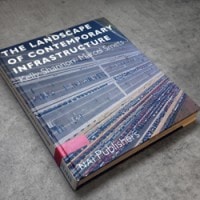
by Ksenia Kagner
Marcel Smets talks about the importance of transportation infrastructure in constructing urban value, and the role of designers in fighting for synthesis between multiple urban infrastructural projects.
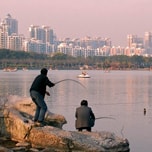
by Scott Muller
A sustainable future will not come from new technologies. The barriers to the next generation of infrastructure are neither technical nor financial — they’re social and political.
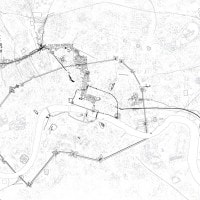
by Laila Seewang
What determines the boundary of an infrastructural project? How does it overlap with other discrete projects and what part of the larger ‘network’ is adopted into the urban fragment?
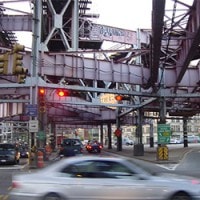
by Margie Ruddick
The Queens Plaza project transformed a tangled and hostile landscape of elevated trains, bridges, aborted bikeways and traffic medians into a hybrid landscape: not just street, not just park, not just conduit.

by Catherine Seavitt
Coastal urban estuaries are dynamic sites. These sedimentary terrains must be reconsidered at the infrastructural scale to create a more resilient and adaptive landscape, a system that dynamically responds to the increasing risks of the coastal environment.
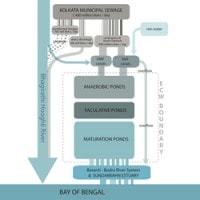
by Stephanie Carlisle
The ECW is one of the largest and most productive urban aquaculture treatment wetlands in the world. If designers are to construct complex, living systems they first need to understand how they work.















